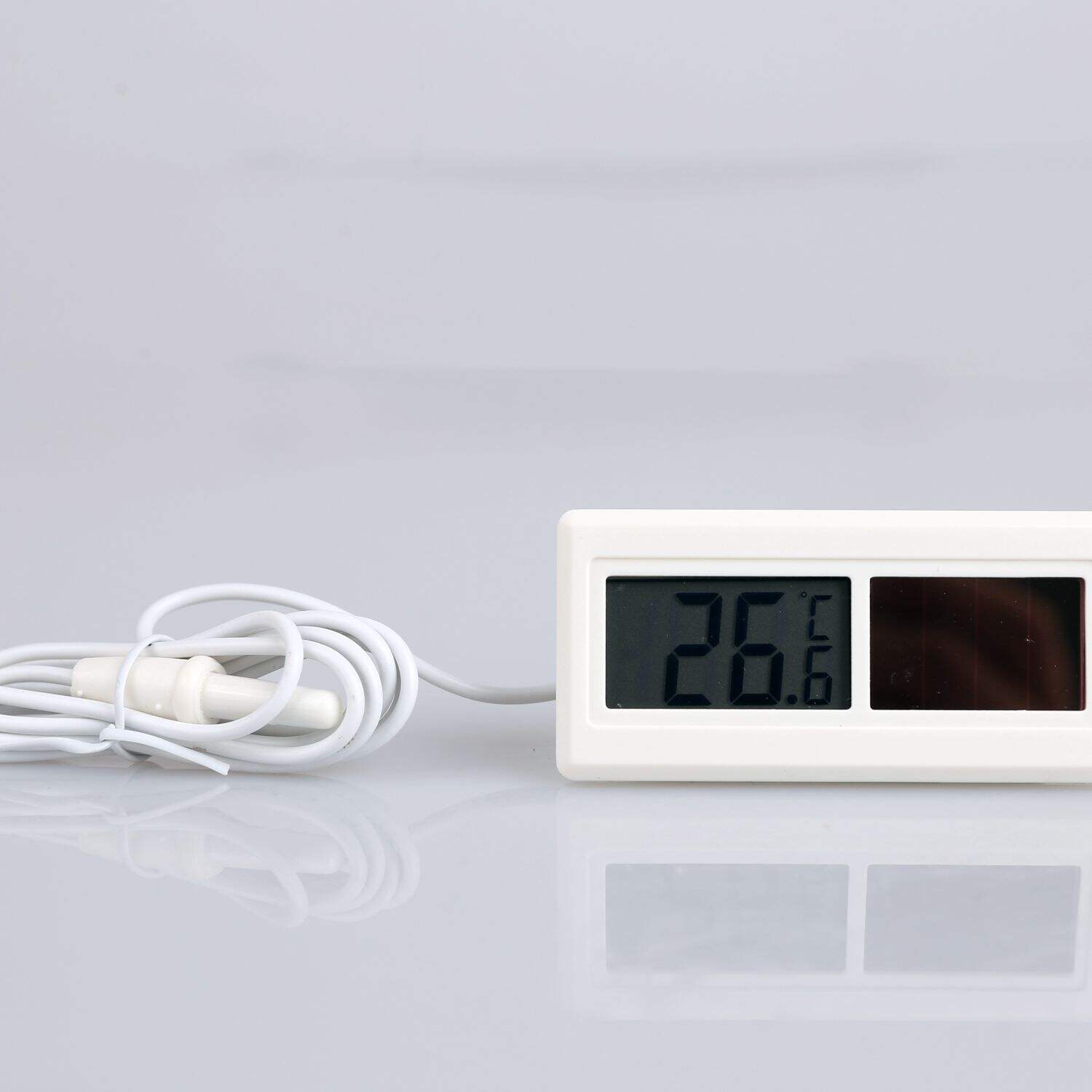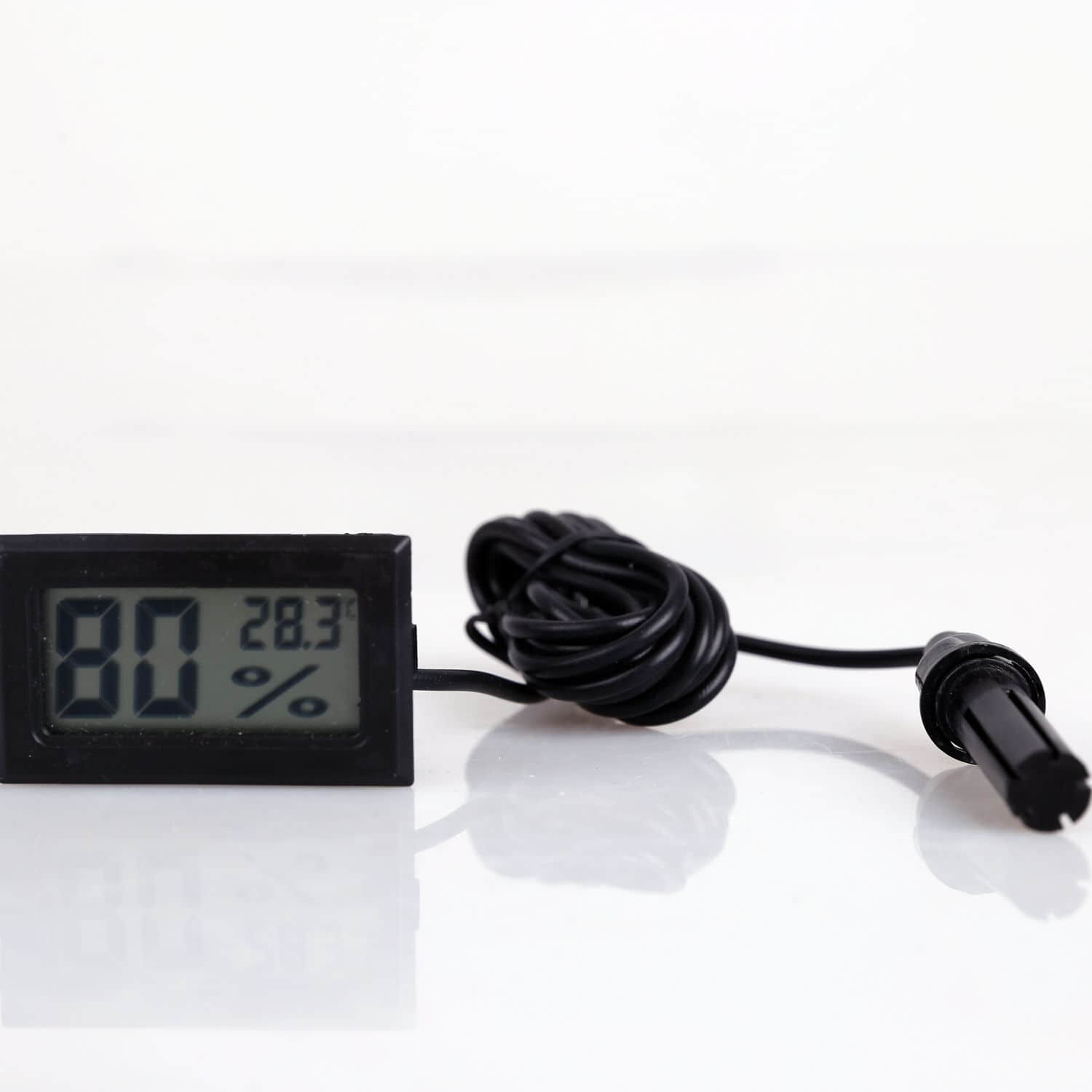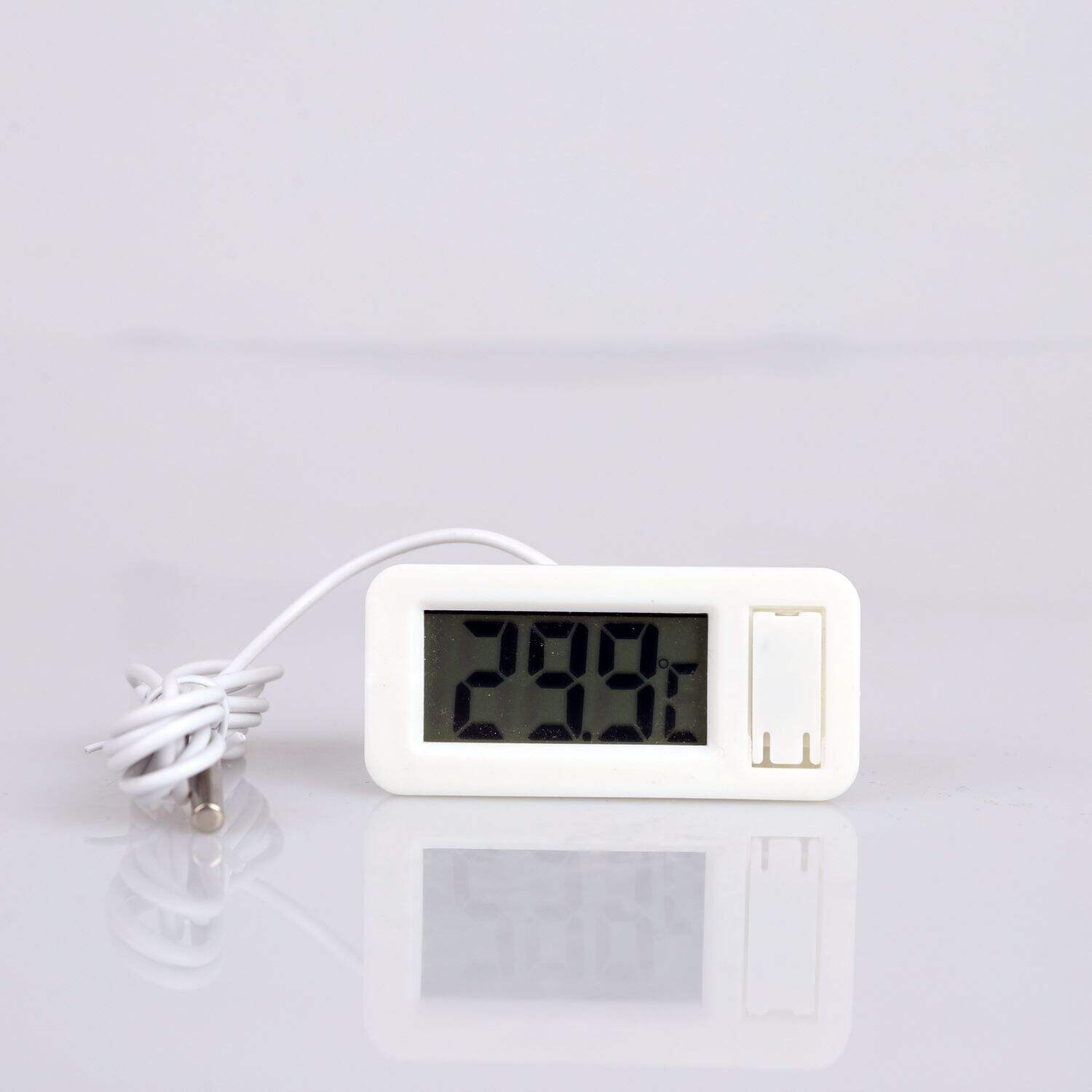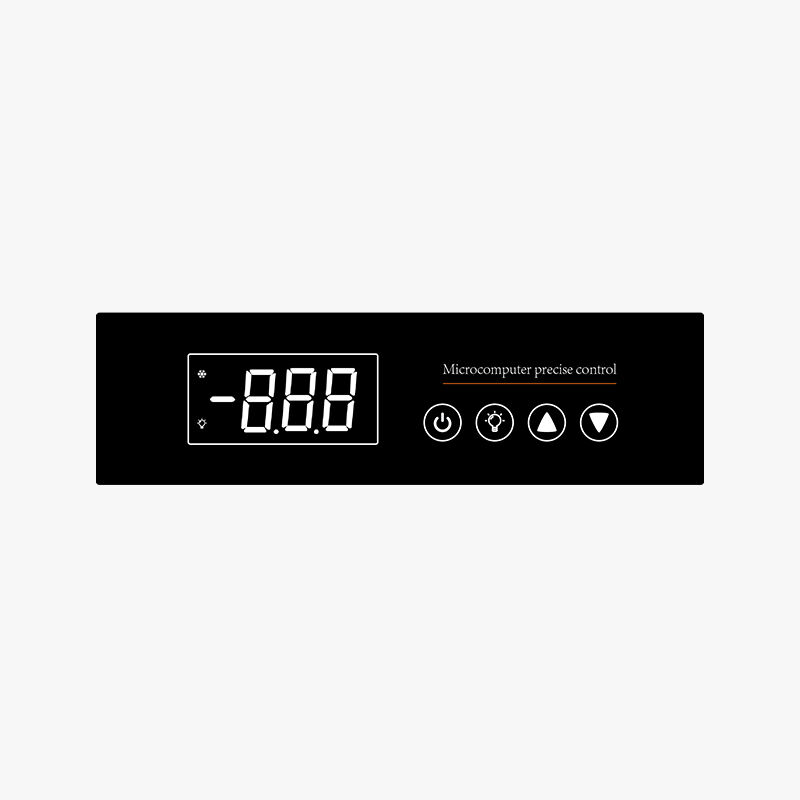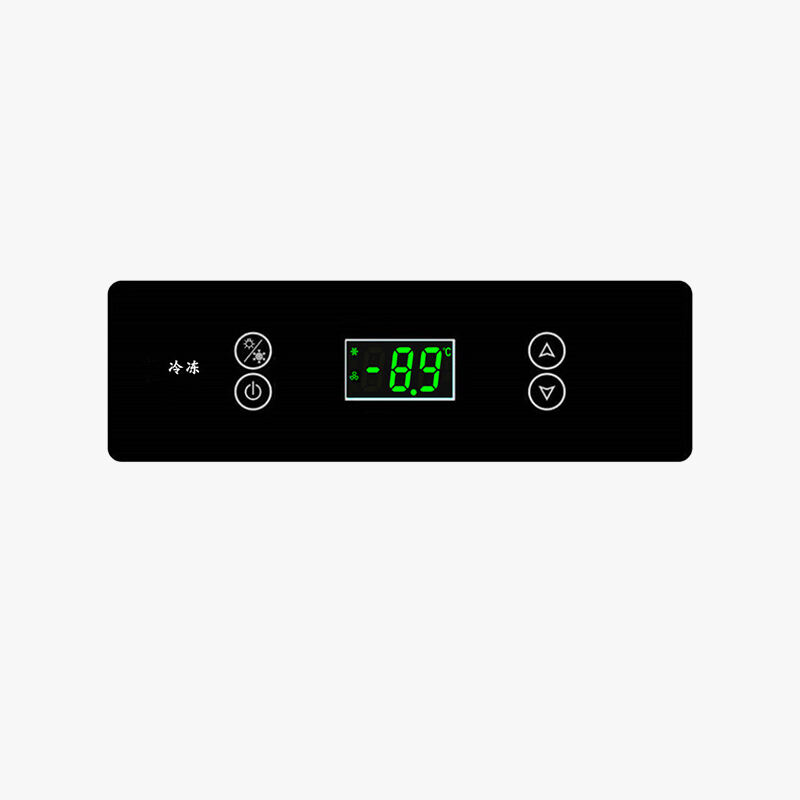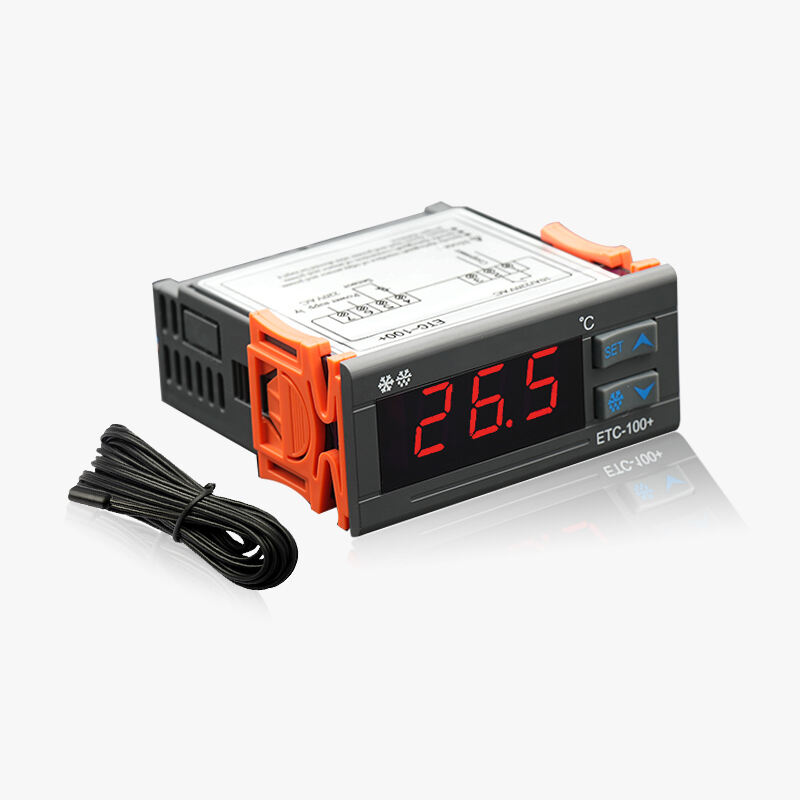Intelligent Temperature Management System
The intelligent temperature management system represents a cornerstone feature of modern thermostatic controllers, incorporating advanced algorithms and machine learning capabilities to deliver unprecedented control accuracy. This sophisticated system continuously analyzes temperature patterns and system performance, automatically adjusting parameters to maintain optimal conditions while maximizing energy efficiency. The controller's adaptive learning functionality enables it to understand building characteristics and occupancy patterns, preemptively adjusting settings to ensure comfort levels are maintained with minimal energy expenditure. Real-time monitoring and rapid response capabilities ensure temperature variations are addressed before they become noticeable, maintaining stability within 0.5°C of the target temperature. This precise control is particularly valuable in applications requiring strict temperature maintenance, such as medical facilities or food storage areas.


